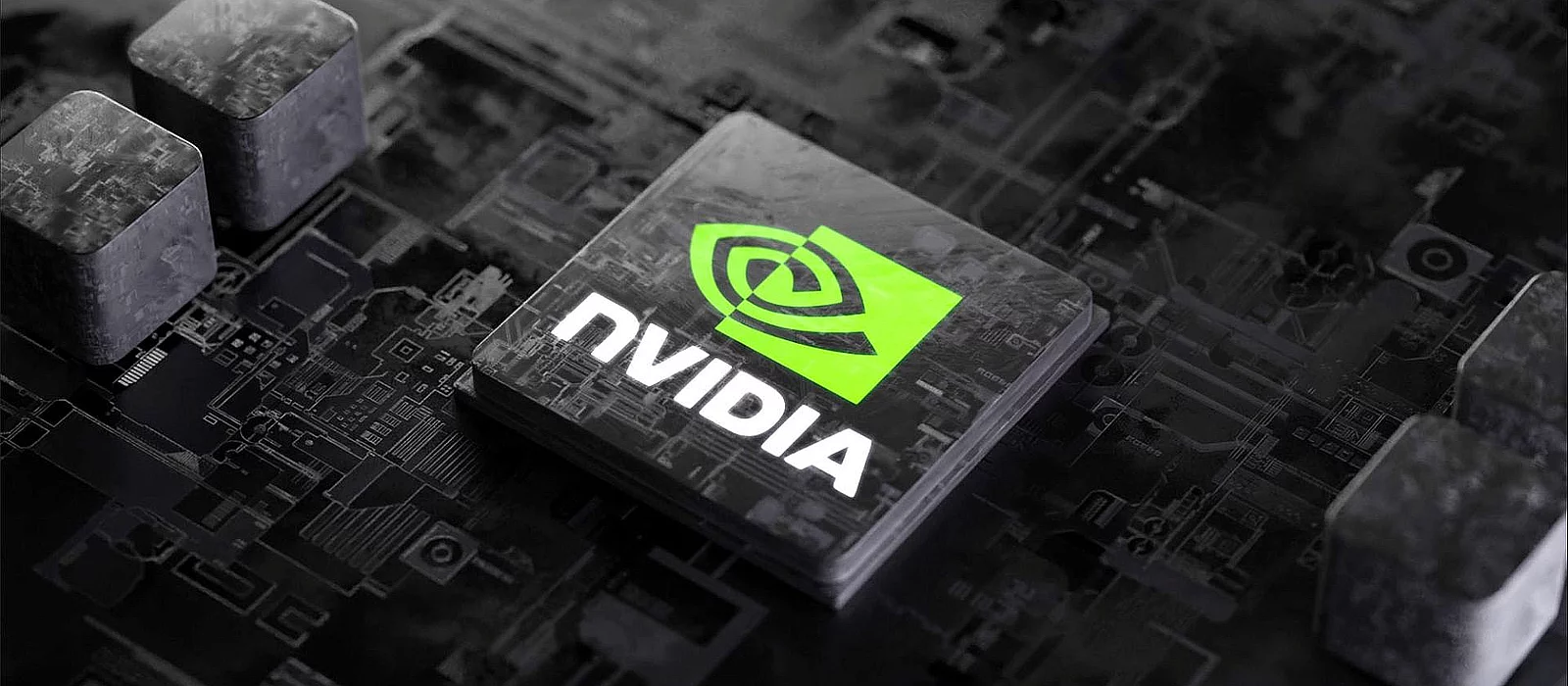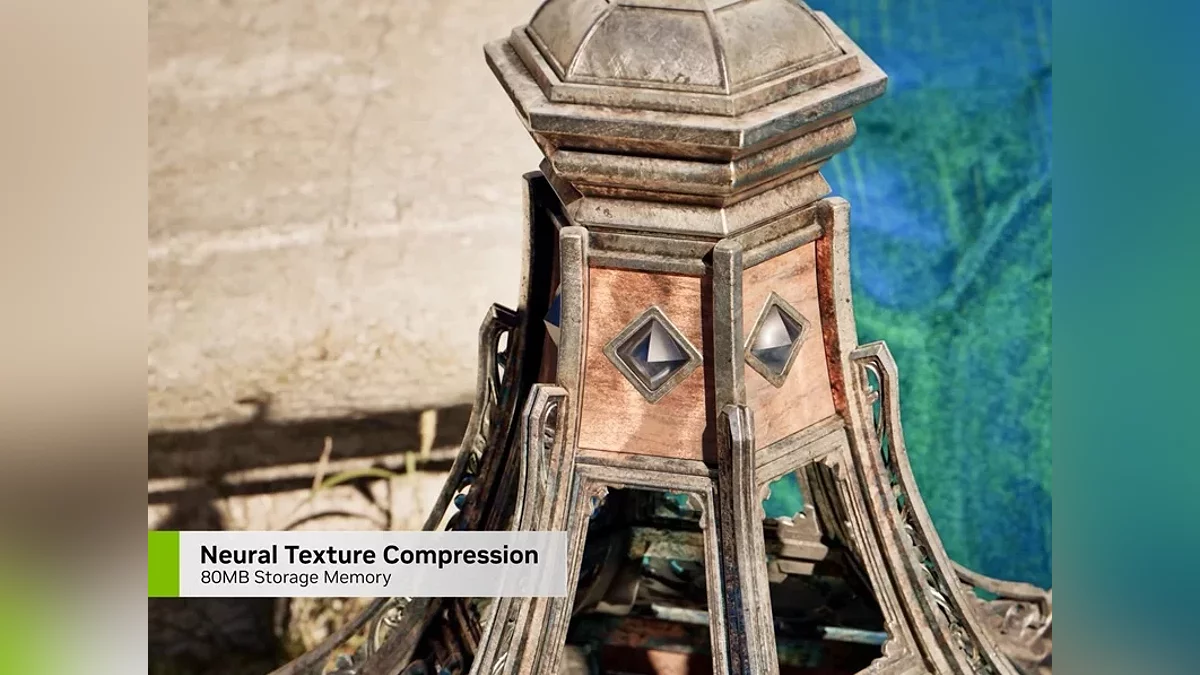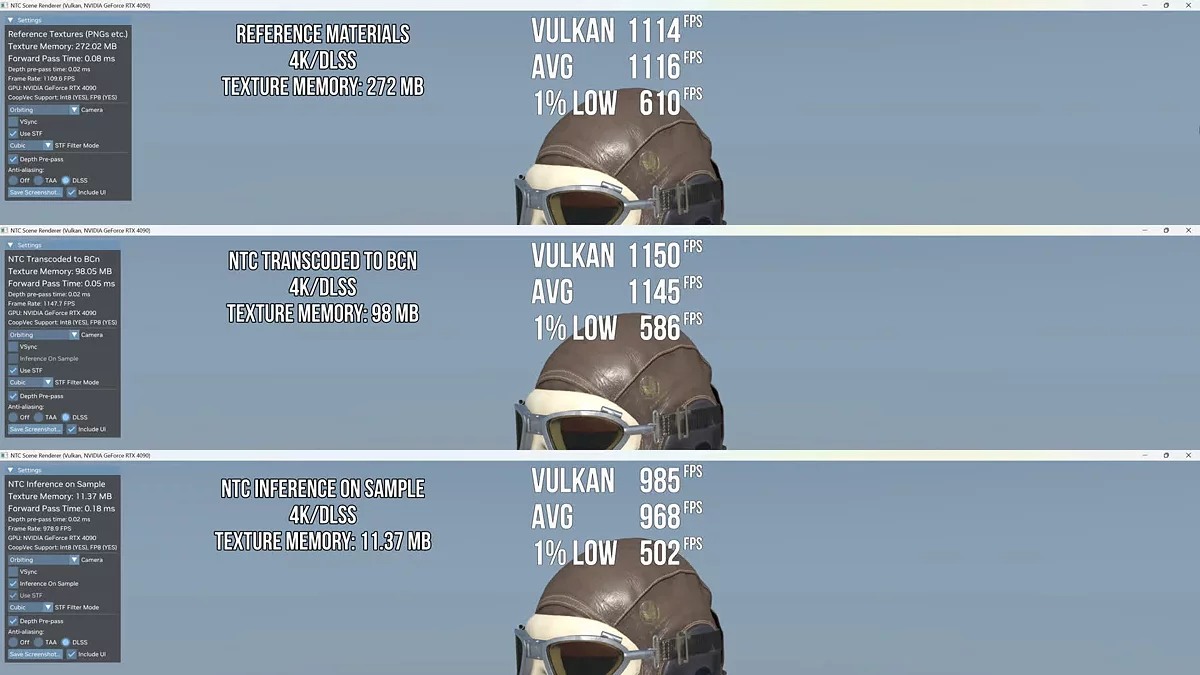NVIDIA Unveils Texture Compression Technology That Reduces VRAM Usage by 95%

NVIDIA continues to push technological boundaries with the introduction of Neural Texture Compression (NTC), an AI-driven texture compression technology. This breakthrough can cut VRAM usage by up to 95%, a game-changer for both the gaming industry and 3D rendering applications.
NTC employs a specialized neural network for real-time texture compression and decompression, significantly easing the strain on video memory. In testing, the results were remarkable. For example, in the NTC Inference on Sample mode, texture memory usage dropped from 272MB to just 11.37MB at 1440p resolution with DLSS enabled—an impressive 95.8% reduction compared to traditional compression methods.
However, experts note that the technology is still in beta and comes with certain trade-offs. When using DLSS at high resolutions, such as 4K, the increased load on the GPU’s tensor cores may slightly impact performance. Nevertheless, NVIDIA is confident that further optimizations and more advanced graphics processors will help minimize these limitations.
NTC offers three rendering modes:
- Reference Material – Textures remain uncompressed, requiring significant VRAM and storage space.
- NTC Transcoded to BCn – Textures are compressed upon loading, reducing storage requirements but providing only moderate VRAM savings.
- Inference on Sample – Textures are decompressed in real time during rendering, maximizing memory efficiency.
Neural Texture Compression could be a crucial step toward addressing the VRAM limitations of modern GPUs, opening new possibilities for game developers and graphics applications. The final version of the technology is expected to see widespread adoption across the industry.
-
NVIDIA's Latest Update: VSR Now Saves GPU Resources & Adds HDR Video Support
-
NVIDIA Promises to Fix RTX 5090 and RTX 5080 GPU Crashes
-
NVIDIA's AI Transforms Cheap Webcams and Mics into Studio-Quality Gear
-
NVIDIA GeForce RTX 5070 Ti Sales Begin on February 20, While the Base RTX 5070 Model Faces Delay
-
Linux Code Leak Reveals Intel's Surprise Counter to NVIDIA's RTX 5000 Series

